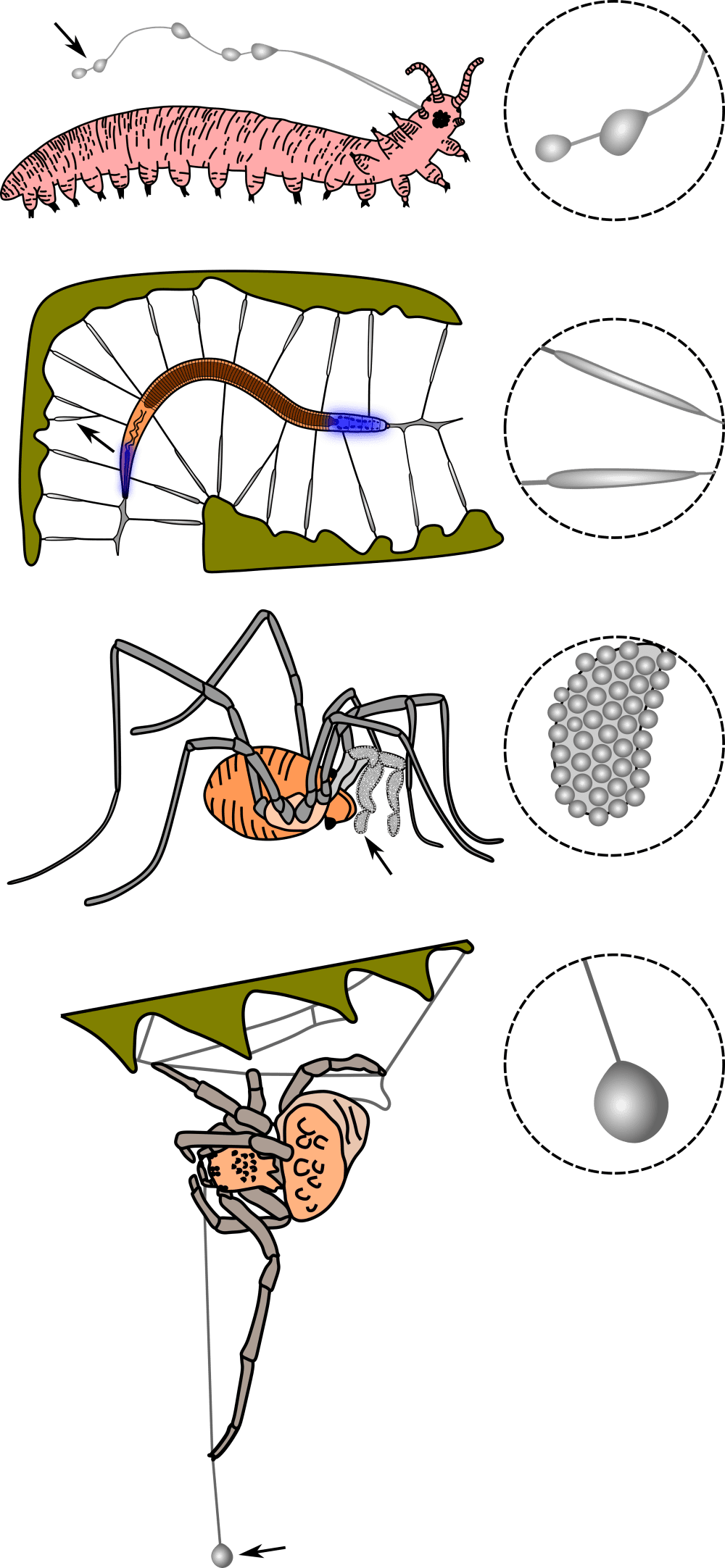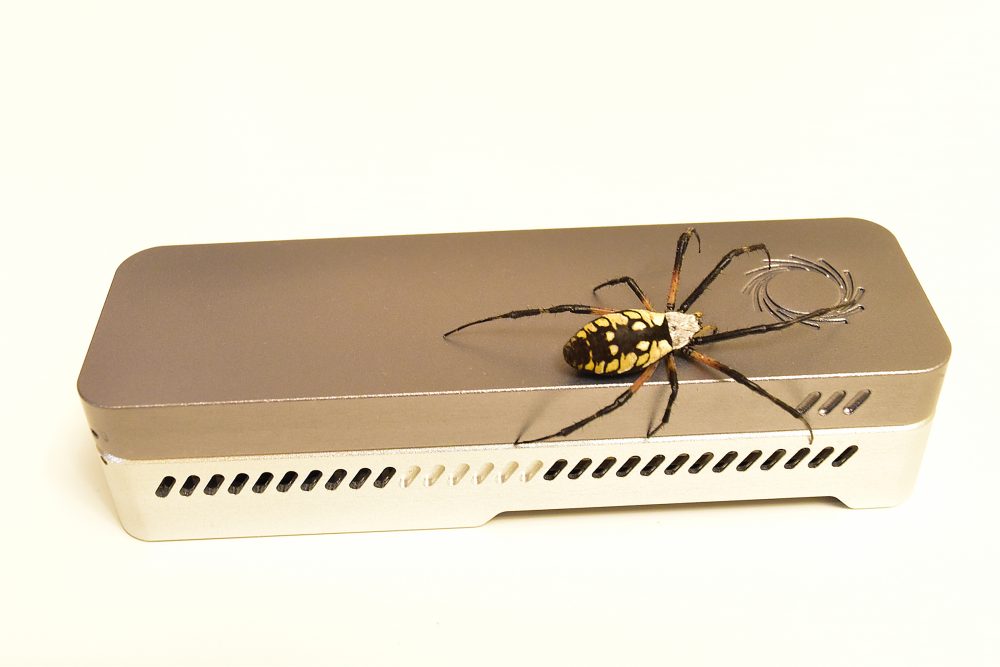Research

Overview
The Stellwagen Lab is focused on understanding the molecular and mechanical properties of biological materials. I incorporate methods that integrate ecology, biomaterial performance testing, and cutting-edge sequencing methods for a multi-scale, whole system approach that answers broad biological questions linking genotype to phenotype. On a macro scale, I am interested in how the mechanical performance of biomaterials is influenced by natural selection, and on a micro scale, how genes adapt to dynamic performance pressures. To investigate these topics, I leverage the adhesives from spiders as well as a broad range of non-model species across Panarthropoda to answer questions about material property convergence. My research program unites multiple projects to understand the interplay between the environment, biomaterial plasticity, and biomolecular characteristics.
NSF Collaborative Grant: Genetics and biomechanics of prey capture adhesives across Panarthropoda
Members from several groups in the Panarthropoda produce proteinaceous, viscous, wet prey capture glues that are deposited on silks (orb-weaving spiders and glow worms), secreted onto palpal setae (harvestmen), or squirted directly onto prey (velvet worms). These glues are materially unique, in that some remain wet in many environments while others dry shortly after extrusion. This research investigate the molecular and biomechanical properties of prey capture glues in order to evaluate the following questions:
- How are panarthropod prey capture adhesives genetically encoded and post-translationally modified?
- What is the range of biomechanical performance exhibited by panarthropod prey capture adhesives?
- Do the biomolecular constituents of panarthropod adhesives exhibit similarities across taxa and, if so, do these similarities suggest convergence based on abiotic or biotic factors?

Spidroin Evolution
An individual orb weaving spider can spin up to seven different types of silk, each with unique functions and material properties. Most spider silk genes, or spidroins, are encoded by extremely large, highly repetitive genes that are difficult to sequence. I am interested in spider silk gene discovery and evolution particularly related to the following topics:
- Spidroin length variation and expression.
- Intra-species spidroin duplication and radiation of glands.
- Evolution and adaptation of inter-species specific spidroins.